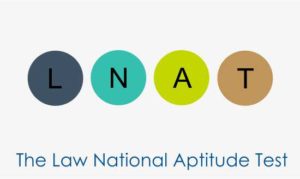
Close

Home / Service / Language Competence / LNAT

Choose “Set up an online account” and register your contact details
Choose test centre
Check dates and deadlines. The LNAT test can be taken on any day that there is an appointment slot free at the test centre you have chosen.
Copyright © 2016-2021 USLC. All rights reserved.
Fill out the form, indicating your profession in English.
After entering the data, select “Send”